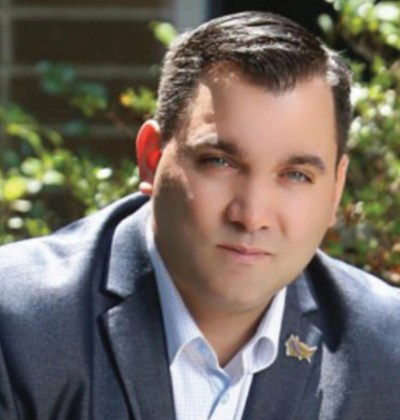In a relationship business, you must genuinely build the relationship to get the business. By Mike Tedesco When I was 12, my...
Mike Tedesco
Author
-

Mike Tedesco, founder and CEO of Appraisal Nation, sought to change the way appraisal management companies do business. Raised in Pittsburgh, Pennsylvania—the hub of vendor management—Tedesco started his career as a loan officer when he was 19. By the time he was in his 20s, Tedesco realized the needs of lenders across the country and wanted to focus on small to mid-size lenders that were most often neglected by other AMCs. That led to the start of Appraisal Nation 12 years later. Appraisal Nation has now evolved to one of the country’s leading valuation providers.
View all posts









